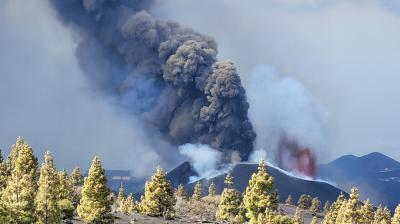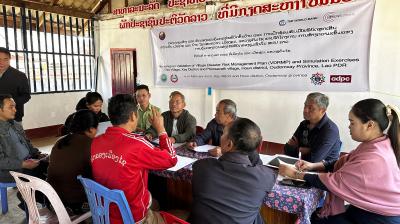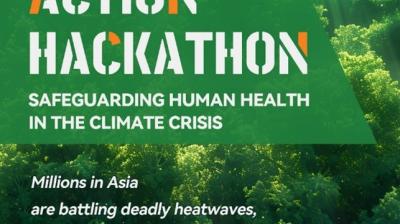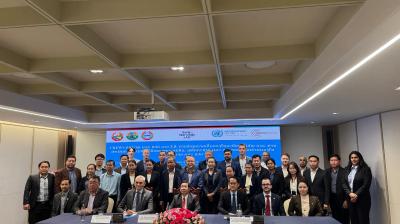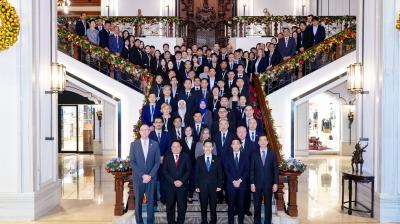Meteorological cooperation to enhance global multi-hazard alert systems (GMAS)
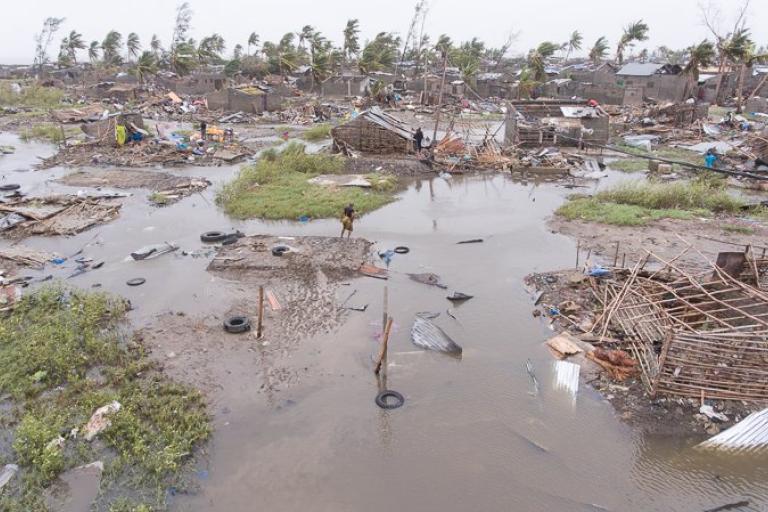
Authoritative warnings and information on extreme weather, water, and climate events
Initially signed in October 2018 for a five-year term, a Memorandum of Understanding (MoU) on meteorological cooperation was renewed in September 2023 to continue collaborative efforts between WMO and the Hong Kong Observatory (HKO). The updated MoU enables HKO to operate two WMO global weather information websites: the World Weather Information Service (WWIS) and the Severe Weather Information Centre (SWIC). These websites are integral to the WMO Global Multi-hazard Alert System (GMAS), providing authoritative warnings and information on extreme weather, water, and climate events in support of Early Warnings for All.
The SWIC 3.0 website was officially launched after signing the updated MoU. Originating in 2005, SWIC has been a vital source of authoritative information on severe weather, particularly tropical cyclones. With advancements in forecasting technologies and products, SWIC expanded to cover more comprehensive information, including impact-based forecasting and the utilization of the Common Alert Protocol (CAP) as a standard for disseminating hazard information. SWIC 3.0 facilitates the sharing of authoritative warnings among WMO Members, enhancing early warning services and societal resilience against hydrometeorological hazards.
Leveraging the Common Alerting Protocol (CAP) to promote Global Multi-hazard Alert System (GMAS)
The Common Alerting Protocol (CAP) - international standard designed for all media to communicate the key facts about all hazards to anyone - was endorsed at the Nineteenth World Meteorological Congress (Cg-19) as a recommended practice to be routinely utilized for disseminating warnings. The standard is now included in the Technical Regulations, Volume I (WMO-No. 49). CAP messages are anchored to the WMO Register of Alerting Authorities to recognize warnings coming from authoritative sources for the respective designated alerting areas. The WMO Register of Alerting Authorities Membersgroup is now available on the Country Profile Database (CPDB). Nomination of Editors can be done directly through the CPDB.
Publications
The WMO Guide for National Meteorological and Hydrological Services (NMHS) in Support of National Multi-Hazard Early Warning Systems, Procedures, Coordination Mechanisms, and Services. Guide No. 1 – Tropical Cyclones (WMO No. 1339) was published at the beginning of 2024.
This publication supports Members by providing guidance on national approaches to MHEWS coordination mechanism and procedures under the global and regional coordination umbrella, with a particular focus on tropical cyclones. Considering their multi-hazard nature, the guide offers insights applicable to other hazard clusters. Furthermore, it provides examples of effective national coordination mechanisms and protocols, catering to diverse economic, geographical, and cultural contexts. Overall, the guide is a valuable resource to support the Early Warnings for All initiative, contributing to global disaster resilience and response strategies.
Other publications:



